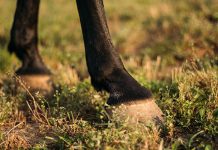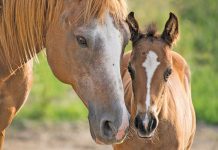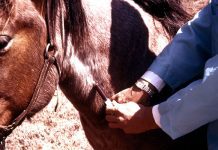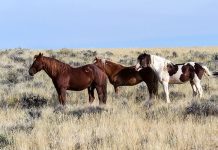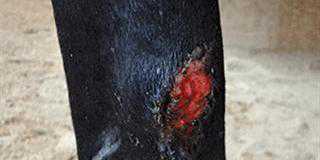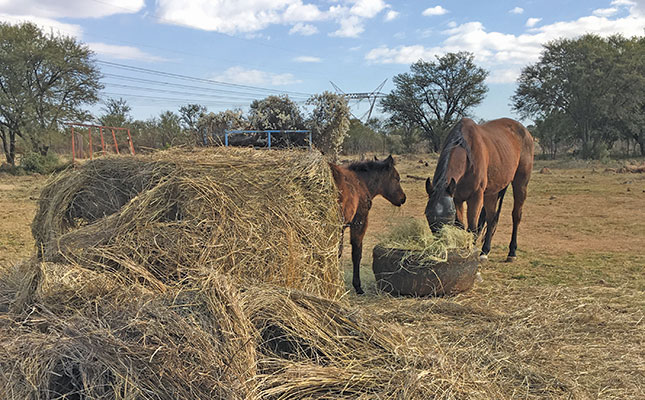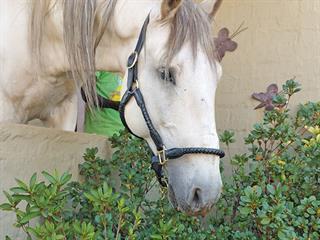
There are few things more beautiful or satisfying to us as humans than a beautiful flower garden in full bloom. Horses may beg to differ! Several ordinary garden flowers are toxic – even deadly – to equines. Here are a few common plants that can cause problems.
Larkspur
A horse will seldom die from eating larkspur, but if it consumes a large quantity, it could be in trouble. The plant (Delphinium spp) is highly poisonous during early growth, with the toxicity usually declining thereafter. The poison is the delphinine alkaloid, and concentrations vary from plant to plant and from one location to another.
The toxicity of the various larkspur species also varies. Signs of poisoning include nervousness, weakness, a staggering gait, salivation, twitching muscles, bloating and colic, and a rapid, irregular pulse.
Foxglove
Digitalis purpurea is a pretty biennial plant with red, purple white or pink helmet-shaped flowers. It reaches about 150cm in height.
Due to the presence of the cardiac glycoside digitoxin, the leaves, flowers and seeds of this plant are poisonous to humans. Glycosides act directly on the heart muscle, by increasing its contractions whilst slowing down the pulse rate. Signs of poisoning include diarrhoea, abdominal pain (colic), irregular pulse, tremors and convulsions.
It is not common for horses to eat foxglove, but once they have, they normally develop a craving for it. Foxglove retains its toxicity when dry, which means it can be a threat if it ends up in hay.
Ground-ivy
Glechoma hederacea is an aromatic, perennial, evergreen creeper belonging to the mint family. It is used in herbal medicine as a blood cleanser, tonic and diuretic. It is also supposed to help in the treatment of kidney stones and gastritis, while the leaves are said to reduce inflammation.
Symptoms of poisoning include an accelerated pulse, difficulty in breathing, an elevated temperature and dizziness.
Azalea
Azaleas (Rhododendron spp) are evergreens and can be large shrubs or small trees. The flowers, which bloom in spring, come in many variations of pink, purple and orange-red, as well as white. The leaves and nectar are toxic to horses.
Symptoms of azalea poisoning include excessive salivation (usually green and frothy), weakness, slow heart rate, vision problems and colic. If left untreated, poisoning by this plant can cause death within a few days. In all cases, if you suspect that your horse has been poisoned, get in touch with your vet immediately. Have fresh water at hand and keep your horse calm until the vet arrives.
Finally, research the plants that you plant within your horses’ immediate environment. Plant only those known to be safe.

